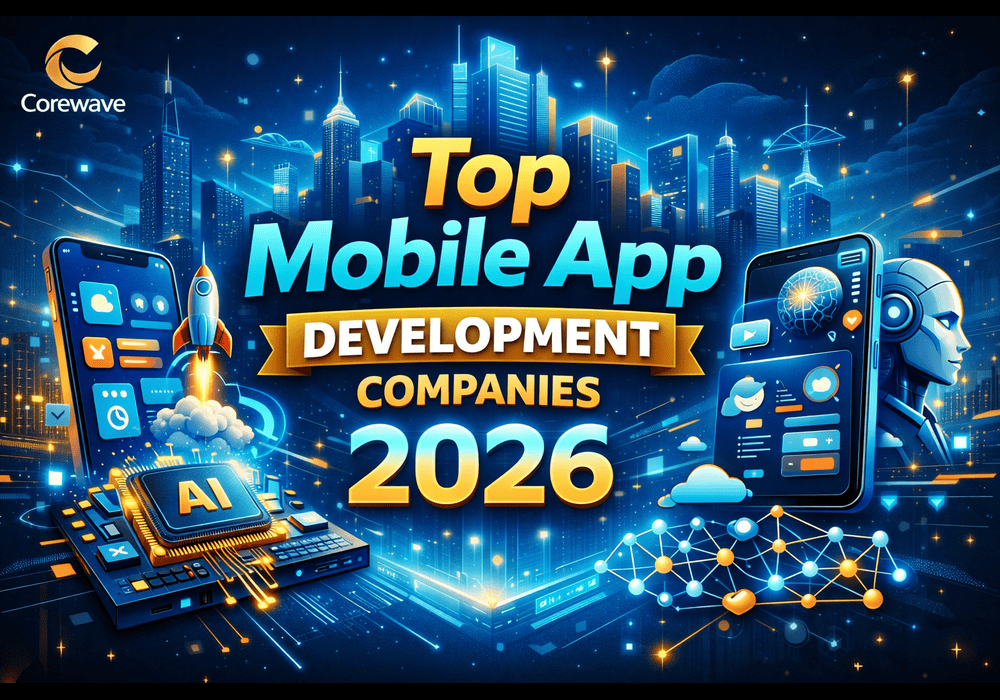In today’s ever-evolving mobile app development landscape, building a high-quality app is just the first step. To keep up with the ever-growing competition and continue to grow, you need an effective monetization strategy that turns your efforts into a steady stream of revenue. With the ever-increasing competition, developers need to come up with creative ways to make money while providing value to users. In this blog, we will explore various mobile app monetization strategies, ranging from traditional models to new trends, and guide you through the complex world of app profitability.
Freemium Model: Balancing Free and Premium Content
Freemium is a popular strategy that provides users with a basic version of an app for free, in exchange for additional features or in-app purchases. This model allows users to experience the core functionality of the app before investing in additional benefits. It is commonly used in gaming and productivity applications and can help to build a user base that eventually converts into paying customers.
For instance, a fitness app may provide users with a free workout plan, with access to personalised coaching and other features for a monthly subscription. It is important to strike a balance between free content and premium content to demonstrate the value of the app and encourage users to upgrade.
In-App Advertising: Maximising Ad Revenue
In-app advertising is still the most popular monetization method for many mobile applications. You can monetize your app by showing targeted ads within the app. You can earn revenue based on the number of user impressions, clicks or interactions. There are many different types of in-app advertising, including banner ads, interstitials and native ads that work seamlessly with your app’s design. While in-app advertising is a great way to monetise your app, it is important to remember that it is also important to maintain a great user experience. If you overload your app with ads, users may become frustrated and even abandon the app. To avoid this, opt-out options should be implemented, premium versions with ad-free options should be available, and rewarded video ads should be used to unlock premium content by viewing an advertisement.
Subscriptions: Ensuring Recurring Revenue
The subscription model is popular across all types of apps. It is a way for users to get access to premium apps or services for a set amount of time for a set fee. Subscription-based applications often offer a steady income stream, so you can keep investing in-app upgrades and improvements. For example, you can use subscription-based apps to monetize your news app, music streaming service or productivity tool. The key to success is to focus on offering exclusive and compelling content that’s worth subscribers regularly to show off new features and keep them engaged.
One-Time Purchases: Selling Digital Goods
Selling digital items within your app is a great way to make money, especially if your app offers exclusive content or features. Whether it’s virtual items in a game app or effects and filters in a photo editing app, users will be willing to spend a small amount of money for a one-time experience. The key to this model is to make sure that the purchases add value to the user’s experience. Make sure that the purchasing process is frictionless and that you are offering discounts or promotions regularly to encourage people to make the purchase.
In-App Currency and Virtual Economies
In-app currency, also known as an in-app economy or virtual economy, is a way to engage users and increase spending within an app. Users can buy in-app currency with real money and use it to unlock features, purchase in-app items or engage with users. This is a popular strategy in social applications, mobile games or virtual marketplaces. Be clear about the value of in-app currency and provide users with ways to earn or accumulate in-app currency through app activities.
Affiliate Marketing and Partnerships
Affiliate marketing and partnerships are another great way to monetize your app. Partner with brands, products or services that match your app’s theme or target audience. For example, you can promote relevant products in your app and earn a commission on every sale or referral made on your platform. A travel app might partner with a booking website or local business to offer exclusive offers to users. This way, you will earn a percentage of every booking made through your app.
Data Monetization and User Insights
As the value of user data increases, some apps look into data monetization. While user privacy is a top concern, you can collect anonymous data and insights to share with third-party companies to conduct market research or analytics. When implementing this approach, transparency is key. Make sure to clearly explain your data collection methods to users, offer opt-outs and make sure that data sharing complies with privacy regulations.
Conclusion
Monetizing mobile apps is a multi-faceted process that requires an in-depth understanding of your audience, market trends, and the value your app provides. There are many ways to monetize your app, ranging from freemium (a mix of free and premium) to paid advertising (in-app advertising), subscriptions (one-time purchases), and affiliate marketing (affiliate marketing).
All of these options are flexible and can be tailored to fit your app’s specific needs. The key to successful app monetization is constant assessment and change. Collect user feedback, track KPIs, and be willing to try new things as mobile app development changes. Ultimately, the best way to generate revenue while keeping users happy is to deliver consistent value, respect users’ preferences, and embrace innovation in the ever-changing mobile app landscape.












